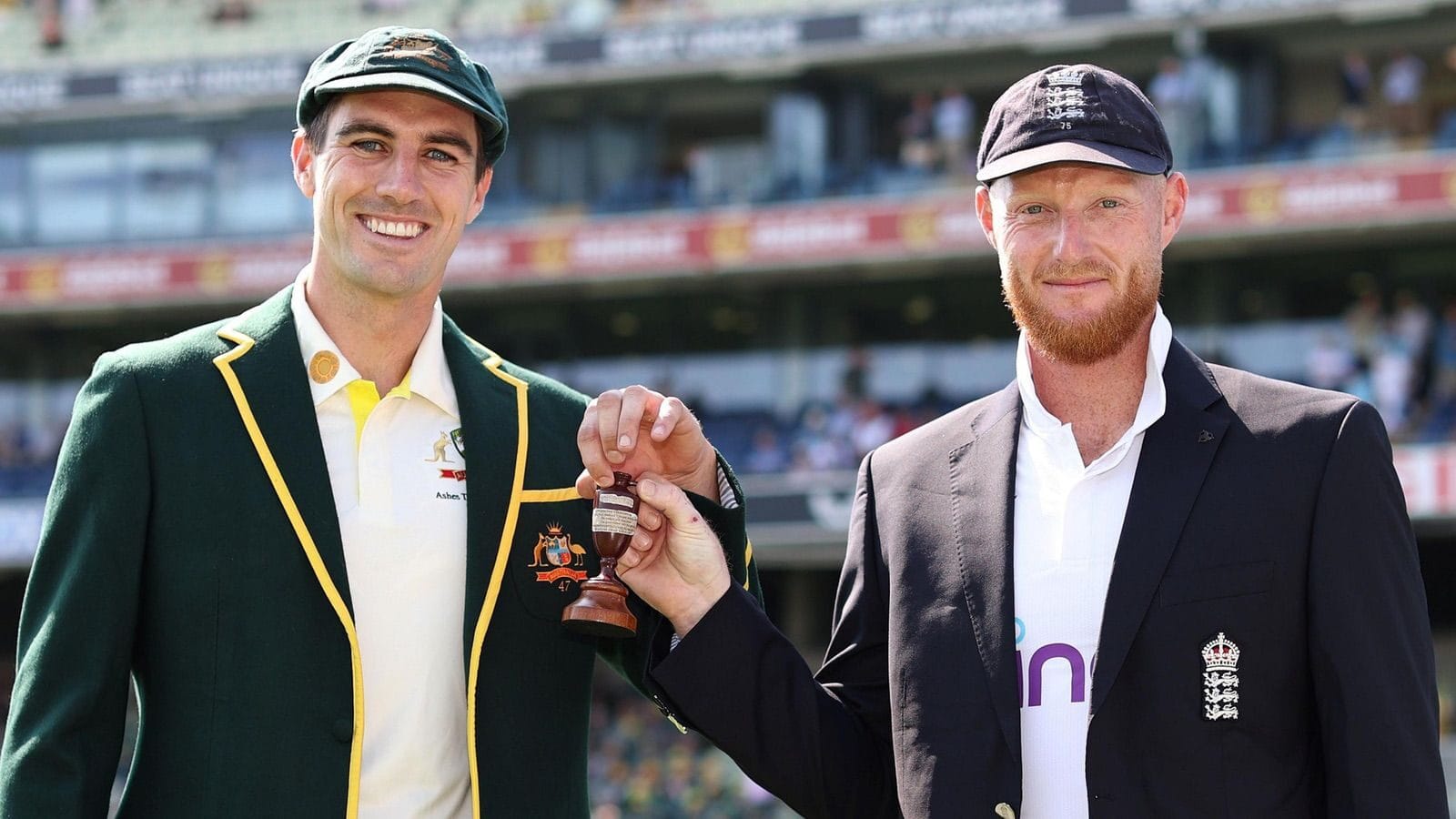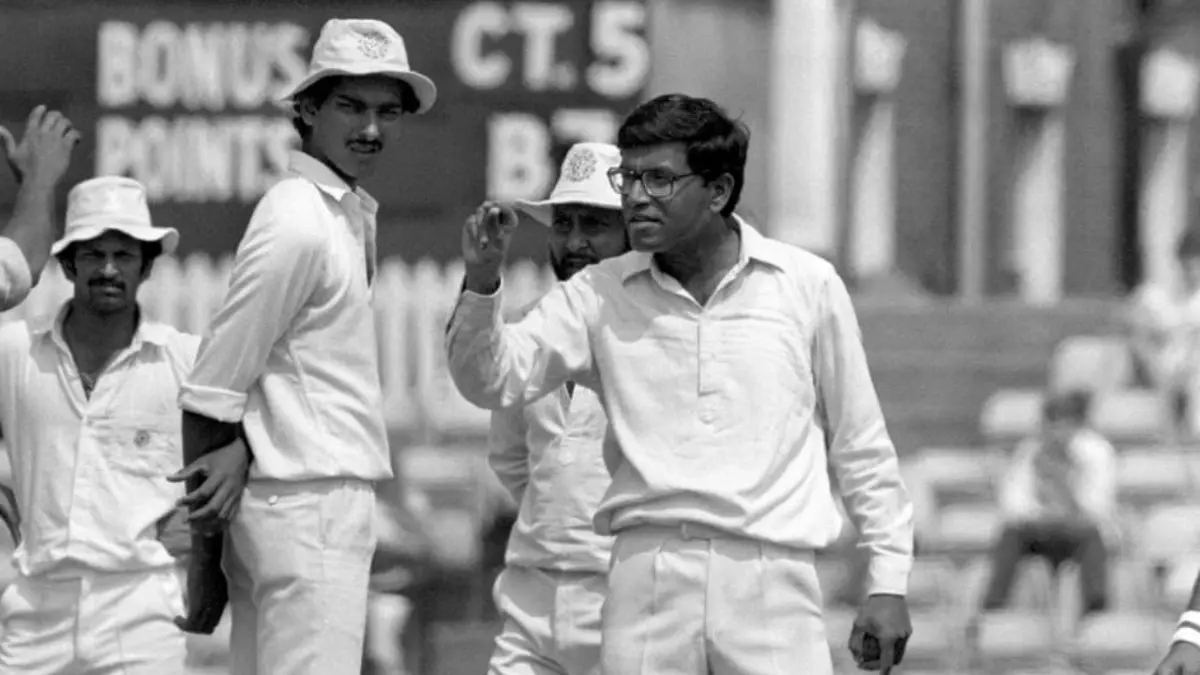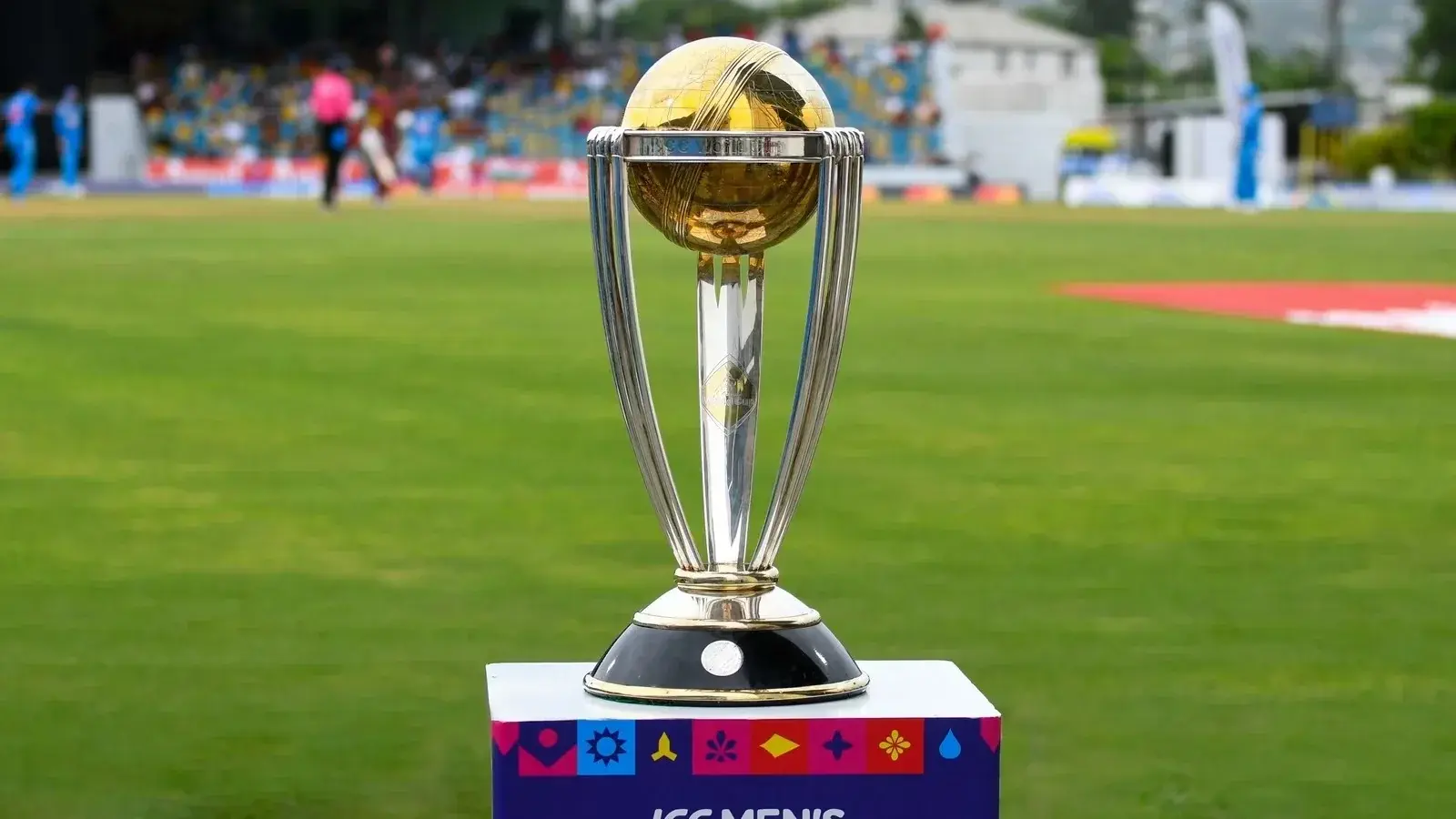Fans of Test cricket – by most accounts a dying or at least ageing breed – had a wonderful couple of weeks in June. That alone is a sentence worth savouring: observers of cricket in England are so used to having the red ball version squeezed into unfamiliar parts of the “season” that to have two such tremendous matches in glorious June is a treat indeed. And you didn’t have to be a connoisseur to recognise that the World Test Championship (‘WTC”) final between South Africa and Australia at Lord’s, and the first Test match between England and India at Headingley were each outstanding examples of cricket’s most engaging format at its best.
At a basic level the two matches were not dissimilar. In each game, the captain who won the toss did what captains who win the toss in Test matches are not really supposed to do, and elected to field. Each captain, after going through more than one situation where defeat appeared to be inescapable, was able to respond to critics of the original decision to field first by pointing to the final result: an apparently comfortable victory by five wickets. And each winning side owed its victory in large part to an opening batter on the verge of greatness.
Yet, despite these similarities, which can hardly be called superficial, the two games were very different in nature.
Dealing first with the WTC final, this was a low-scoring classic. Scores of 212, 138, 207 and 282 for five tell their own story. This was a game where ball dominated bat for the first two days; South Africa’s fourth innings target of 282 was by some distance the highest score of the match and they got there by displaying outstanding discipline as well as sound technique. The highest run rate in the match was Australia’s 3.74 in the first innings of the match – almost pedestrian by modern standards and it did not seem that fast at the time: thirteen of the 56 overs bowled by South Africa were maidens. Only one six was hit in the match, by Temba Bavuma, in South Africa’s first innings. When Usman Khawaja and Marnus Labushagne opened Australia’s first innings on the Wednesday morning it could have been Bill Lowry and Ian Redpath back in the good old days of 1968. At drinks after 13 overs the score was 29 for two – Khawaja had made a 20 ball duck. At lunch it was 67 for four. Steve Smith and Beau Webster forged a recovery of sorts but South Africa would have been pleased with Australia’s total of 212. But at stumps South Africa were reeling at 43 for four, Aiden Markram having reciprocated his counterpart Khawaja ‘s duck in rather less time.
A lead of 74 in a low-scoring match can be a huge advantage but it looked on the second afternoon as though Australia would struggle to capitalise on it. Lungi had looked out of sorts in the first innings, but in the course of four exhilarating overs in the second he tore out the heart of Australia’s batting, dismissing Smith and Webster leg before and bowling Pat Cummins. At one point Australia were 73 for seven.
The game seemed wide open then. But conditions seemed quite different on the third morning. Mitchell Starc and Josh Hazlewood batted with apparent unconcern for most of the session to add 59 apparently vital and definitely frustrating runs. Had they batted South Africa out of the game?
Many spectators must have suspected as much, and concern can only have grown with the prompt departure of the man in form, Ryan Rickleton, for six, bringing in Wiian Mulder, whose travails at number three in the first innings had been painful to behold. This time, however, he hung around, and actually hit five fours; a decision had clearly been made that the batters could not be dictated to by the Australian pace trio, as had happened in the first innings. Markram, meanwhile, – well Markram blossomed and flourished. At his most fluent he is a glorious batter to watch and, given the circumstances – the occasion, the match situation, his first innings duck, South Africa’s historical tendency to “ bottle” – his 136 was the innings of a champion. He may average only 37 in Tests but he averages 61 against Australia, and an innings like this can make a career. He reached his century towards the end of Friday. For the whole of the final session he was accompanied by his captain, the resolute and determined Bavuma, his country’s most prolific batter since the pandemic, who had clearly decided he had to make a contribution despite having somehow picked up a leg injury. Neither made it to the exultant finish – there were some inevitable scares on Saturday – but innings like these don’t just affect individuals. One feels that South African cricket – remember that many people felt, even if they didn’t say, that South Africa didn’t deserve to be in the final – could be transformed.
It was a match worthy of the occasion. A five-wicket win on the fourth day does not sound very exciting but the contest held the attention from first ball to last. The great players stood up, which is important in a match like this. Kagiso Rabada took nine wickets in the match – how he strove for the tenth on Friday morning; Cummins took six for 28 in South Africa’s first innings; and Smith made a bustling, eccentric 66 on the first day. In the course of the match he became the highest overseas Test run scorer at Lord’s.
And the great old ground proved more than worthy of the occasion. Ir is impossible to imagine any other venue putting on such a tremendous show for a neutral match. More or less full houses provided a tremendous atmosphere. No doubt many England supporters hoped Australia would lose but there were a lot of South Africans present; you could tell that with the singing of the anthem, often a somewhat perfunctory affair. Rabada actually said it was like playing in a home game. Even the weather was marvellous.
At Headingley the weather was marvellous too in that the threatened or promised rain did not arrive in enough substance to prevent a victory by England that somehow contrived to be simultaneously extraordinary and entirely predictable. This was England’s second highest successful fourth innings run chase. The highest is the Jonny Bairstow- Joe Root rout of India at Edgbaston in 2022. The third highest is the Ben Stokes “miracle at Headingley” in 2019. Stokes was not captain in that last game but this surely tells you something, if only that it is not so surprising that the England captain should insert the opposition on an apparent belter under a clear blue sky. Both games moved quickly but Headingley moved quickly in every sense. England’s respective run rates were 4.62 in their first innings and 4,55 in their second.
India, it has to be said, were most obliging. You don’t get to 430 for three, off 101 overs and lose – you just don’t. You don’t score five hundreds in the match, and lose: that is an actual statistical fact. India did. The hundreds were wonderful to behold. Rishabh Pant, a truly extraordinary cricketer, actually scored two. If I had to ward points for aesthetics the award would probably go to K L Rahul.
People were pried about England’s bowling attack but, as kept happening in Stokes’ first year as captain, they took twenty wickets, which is all you can ask really. It helped that India seemed to have a long and feeble tail.
India do have the prime asset of Jasprit Bumrah, but he can’t do it all himself. Much of the support bowling was poor. And the catching was dreadful.
A few questions were answered for England, notably in relation to Ollie Pope and Zak Crawley. The fantastic fifth day run chase owed much of its feeling of inevitability to the magnificent imperturbability of Root. But there was no doubting the real match winner. Ben Duckett’s breathtaking 149 – as has been pointed out, Ian Botham’s score in that other Headingley miracle, of 1981 – confirmed him as one of the world’s best openers. He seems to have got sounder while retaining his adventurousness.
One thing is certain. We are in for a gripping and highly entertaining series.





2 comments
Richard Trussler
Great article as always Bill. Just one point on which to pick you up –
“When Usman Khawaja and Marnus Labushagne opened Australia’s first innings on the Wednesday morning it could have been Bill Lowry and Ian Redpath”
Didn’t know L. S. Lowry had a cricketing relation 😉. Probably should be Bill Lawry
Ed Ion
Wonderful summary and commentary on both games . Thanks Bill